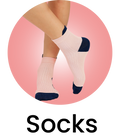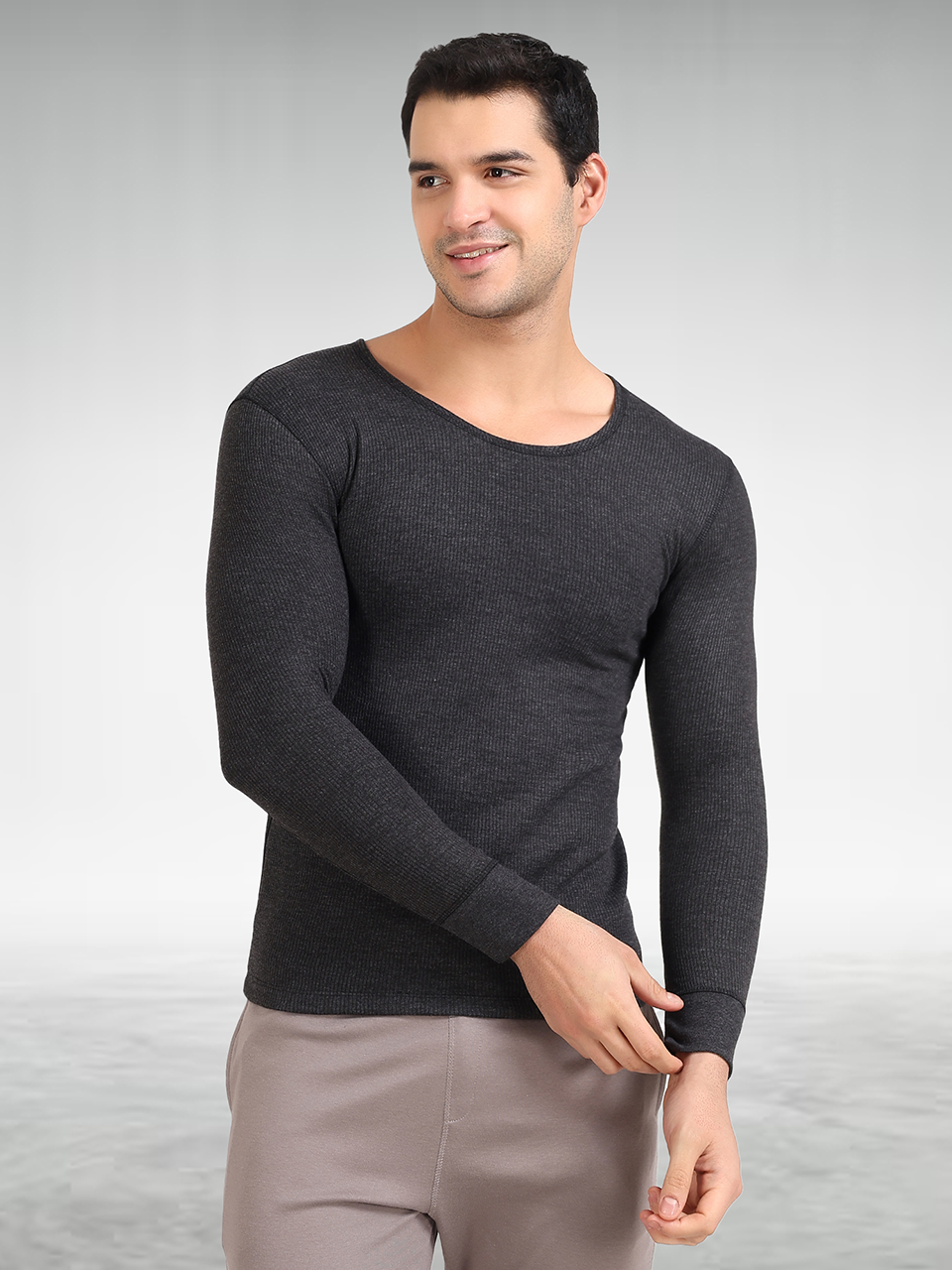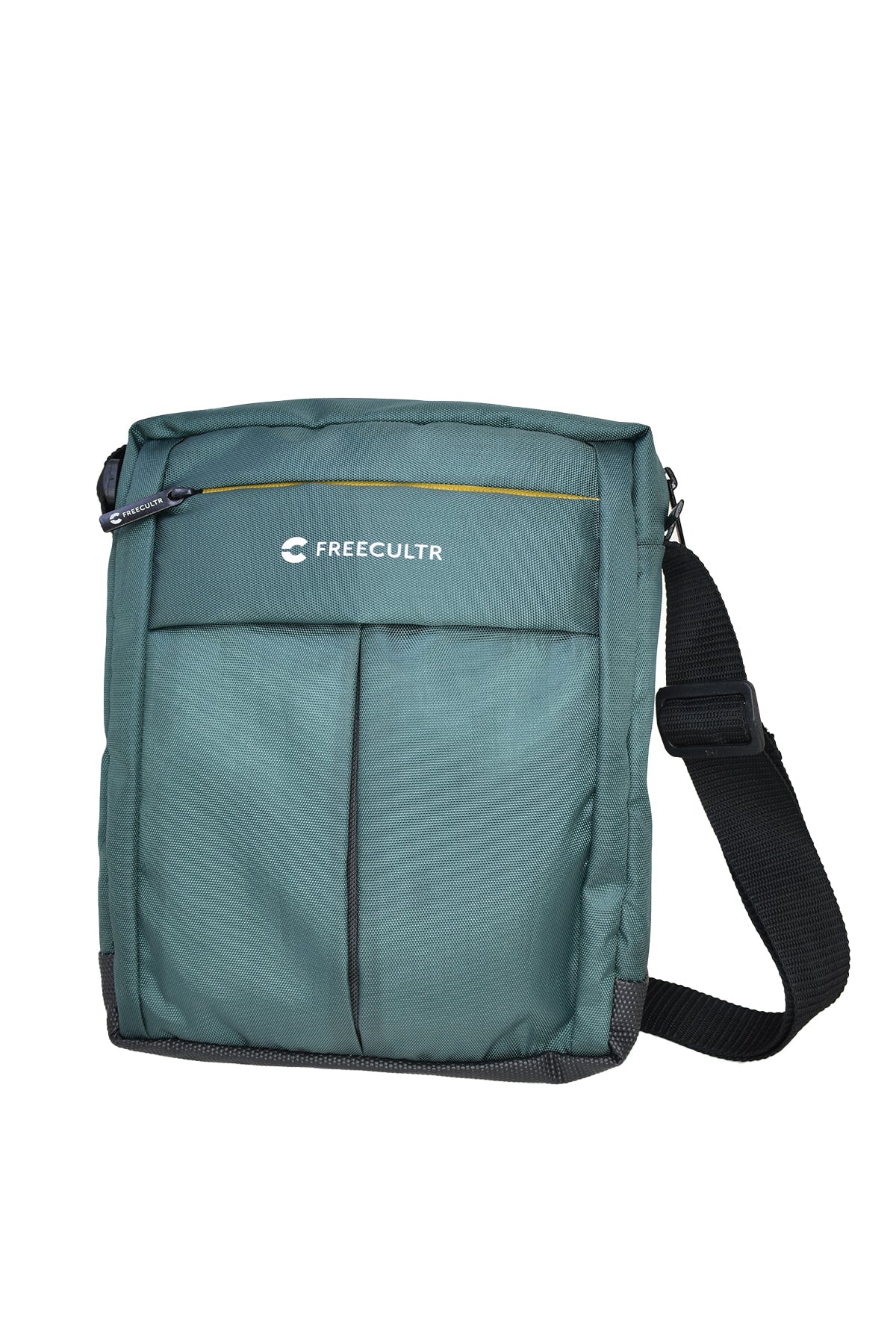Ill-fitting underwear, a common yet overlooked discomfort, significantly impacts daily well-being and performance, causing issues from chafing during workouts to restrictive pressure under tailored clothing. As modern fabric innovations like micro-modal and adaptive stretch materials gain prominence, precise garment dimensions become paramount for achieving optimal comfort and support. Understanding your exact measurements, rather than relying on generic letter sizes, empowers you to select pieces that truly conform to your body's unique contours. A detailed underwear size chart provides the critical data, translating body metrics into the perfect fit, preventing common pitfalls and enhancing overall garment functionality. It ensures textiles perform as designed, delivering breathable comfort and unrestricted movement throughout the day.

Why Getting Your Underwear Size Right Is a Game Changer
Hey there! Let's talk about something that often gets overlooked but can seriously impact your daily comfort: the fit of your underwear. We've all been there – that annoying feeling of underwear digging in, riding up, or bunching uncomfortably. It's not just a minor irritation; ill-fitting undies can lead to chafing, poor circulation. Even affect how your clothes look and feel. That's why understanding and using an underwear size chart isn't just about vanity; it's about comfort, health. Confidence. Think of it as the foundation of your wardrobe – if the base isn't right, nothing else will feel quite right either.
The Key Measurements You Need to Master
Before you dive into any underwear size chart, you need to know your own measurements. Don't worry, it's super easy. You only need a soft tape measure. Here are the main spots to measure:
- Waist: This is typically the slimmest part of your torso, usually just above your belly button. For most underwear, you'll measure around your natural waistline. Make sure the tape is snug but not tight. Breathe normally.
- Hips: Measure around the fullest part of your hips and glutes. This is crucial for ensuring your underwear doesn't dig in or ride up. Again, keep the tape parallel to the floor.
- Inseam (for Boxers/Boxer Briefs): While not always on an underwear size chart, if you're buying longer styles like boxer briefs or boxers, some brands might list an inseam measurement. This is measured from the crotch seam down the inner leg to where you want the hem to fall.
Pro Tip: Measure directly against your skin, not over your clothes, for the most accurate results. And don't pull the tape measure too tightly – you want your underwear to fit comfortably, not like a tourniquet!
Decoding the Underwear Size Chart: A Practical Guide
Once you have your measurements, it's time to consult the underwear size chart. Keep in mind that sizing can vary slightly between brands, so always, always check the specific brand's chart before making a purchase. But, here's a general idea of what you might see:
Typical Men's Underwear Size Chart (Illustrative)
| Size | Waist (Inches) | Waist (CM) |
|---|---|---|
| XS | 26-28 | 66-71 |
| S | 28-30 | 71-76 |
| M | 32-34 | 81-86 |
| L | 36-38 | 91-96 |
| XL | 40-42 | 101-106 |
| 2XL | 44-46 | 111-116 |
Typical Women's Underwear Size Chart (Illustrative)
| Size | Waist (Inches) | Hips (Inches) | Waist (CM) | Hips (CM) |
|---|---|---|---|---|
| XS | 24-25 | 34-35 | 61-64 | 86-89 |
| S | 26-27 | 36-37 | 66-69 | 91-94 |
| M | 28-29 | 38-39 | 71-74 | 96-99 |
| L | 30-31 | 40-41 | 76-79 | 101-104 |
| XL | 32-33 | 42-43 | 81-84 | 106-109 |
| 2XL | 34-35 | 44-45 | 86-89 | 111-114 |
Once you have your measurements, simply find the range on the underwear size chart that corresponds to your numbers. If you're between sizes, it's generally recommended to size up for comfort, especially with styles that offer less stretch or are meant to be worn looser.
Beyond the Numbers: Style & Fabric Considerations
While an underwear size chart gives you the foundation, the style and fabric of your underwear also play a big role in how they feel. Different cuts are designed to fit the body in unique ways:
- Briefs & Thongs: These typically rely heavily on waist and hip measurements for a snug fit.
- Boxer Briefs & Trunks: Waist and hip are key. The leg opening and length also matter to prevent riding up or compression.
- Boxers & Boy Shorts: Often have a more relaxed fit, so waist is primary, with hip measurements ensuring comfortable coverage.
Fabric also makes a huge difference. Cotton is breathable but has less stretch. Modal and bamboo are incredibly soft and stretchy, often allowing for a bit more flexibility in sizing. Synthetic blends (like nylon and spandex) offer great stretch and moisture-wicking properties, which can sometimes mean you can stick to your exact size without worrying about tightness. Always consider the fabric's properties when eyeing the underwear size chart and visualizing the fit.
Common Sizing Mistakes and How to Avoid Them
It's easy to fall into common sizing traps. Here are a few to watch out for:
- Guessing Your Size: "I've always been a Medium!" This is perhaps the biggest mistake. Our bodies change. Sizing standards can shift. Always measure yourself, even if you think you know your size.
- Sticking to an Old Size: Just because you wore a certain size five years ago doesn't mean it's still your perfect fit today.
- Ignoring Brand Variations: A Large from one brand might be closer to a Medium from another. Always refer to that specific brand's underwear size chart. My friend, Mark, once ordered a whole pack of "his usual size" online only to find they were ridiculously tight because he didn't check the brand's unique chart. Live and learn!
- Not Considering the Underwear Type: A thong in your size will feel very different from a boxer brief in the same size due to coverage and stretch.
The solution is simple: measure, check the chart. Be open to adjusting your size as needed.
When in Doubt: Tips for Online Shopping & Returns
Buying underwear online can be a bit tricky since you can't try it on. Here's how to navigate it like a pro:
- Always Check the Brand's Specific Chart: I can't stress this enough. Every reputable brand will have an underwear size chart on their website. Find it!
- Read Customer Reviews: Many people will mention if an item runs small, large, or true to size in their reviews. This is invaluable real-world feedback.
- interpret Return Policies: Before buying, know if and how you can return or exchange underwear if the fit isn't right. Some stores have strict hygiene policies.
- Buy One First: If you're trying a new brand, consider buying just one pair to test the fit before committing to a multi-pack. It's a small investment for peace of mind.
The Benefits of a Perfect Fit: Comfort, Health, Confidence
Investing a little time in finding your perfect underwear size pays off immensely. Here's what you can look forward to:
- Enhanced Comfort: No more digging, chafing, or constant adjusting. Your underwear should feel like a second skin – barely there, yet supportive. This is the primary goal of using an underwear size chart.
- Improved Health: Proper fit means better circulation and reduced risk of skin irritation or infections caused by excessive moisture or friction.
- Better Appearance: Well-fitting underwear creates a smoother silhouette under your clothes, preventing visible lines, bulges, or sagging. Your clothes will simply look better on you.
- Confidence Boost: When you're comfortable and feel good about what you're wearing, even down to your base layer, it translates into a subtle but powerful boost in confidence throughout your day.
Conclusion
Achieving the perfect underwear fit isn't just about comfort; it's a foundational step towards overall well-being. My own experience taught me this vividly when ill-fitting briefs consistently caused chafing during my morning runs – a small discomfort that cumulatively impacted my entire day. This highlighted a crucial insight: your base layer shouldn't be an afterthought. With the current trend towards athleisure and body positivity, brands are innovating with seamless designs and breathable fabrics, making it easier than ever to prioritize comfort over outdated notions of restrictive wear. Therefore, make it a personal ritual: before your next purchase, take those few minutes to measure accurately. Don't simply reorder your usual size; dimensions can shift. Brands vary widely. Consider exploring materials like modal or Tencel, known for their softness and stretch, which truly adapt to your body. For further insights on textile innovation, you might consult resources like the Textile Exchange. Remember, investing in the right size means investing in daily comfort, allowing you to move freely and confidently. Your comfort beneath it all truly empowers your day.More Articles
Fabric Guide: What Your Underwear is Made OfBeyond Basic: Exploring Different Underwear Styles
Caring for Your Delicates: Washing Tips
Choosing the Right Bra for Your Body Type
Seasonal Underwear: Best Picks for Summer & Winter
FAQs
Why bother with an underwear size chart?
Using a size chart is key to getting underwear that actually fits well. It ensures you avoid discomfort from digging seams or fabric bunching up. Helps prevent chafing. A good fit means enhanced comfort all day long.
How do I measure myself for underwear sizing?
You'll typically need a soft tape measure. For most underwear, you'll measure your natural waistline (the narrowest part of your torso) and your hips (the fullest part around your buttocks). Make sure the tape is snug but not tight.
My measurements fall between two sizes – what should I do?
If you're stuck between sizes, it's generally recommended to go with the larger size, especially for comfort. Underwear that's slightly looser is usually more comfortable than underwear that's too tight and restrictive.
Is underwear sizing consistent across different brands?
Unfortunately, no. Sizing can definitely vary quite a bit from one brand to another. That's why it's always a good idea to check the specific brand's size chart, even if you think you know your size. Don't assume a medium from one brand is the same as a medium from another.
Are different measurements needed for various underwear styles?
For most styles like briefs, boxers, trunks, or bikinis, waist and hip measurements are standard. For high-waisted styles, you might also consider your rise measurement. Some women's bralette-style underwear might also consider bust measurements.
Can using a size chart help fix issues like underwear riding up or feeling too tight?
Absolutely! If your underwear is constantly riding up, digging in, or feeling too loose, it's a strong sign you're not wearing the right size. Consulting a size chart and re-measuring can help you pinpoint the correct size that eliminates these common discomforts.
How often should I re-measure for underwear?
It's a good idea to re-measure yourself periodically, especially if your body shape or weight has changed. Even small shifts can impact how comfortable your underwear feels. A quick re-measure once or twice a year, or before a major purchase, is a good habit.






